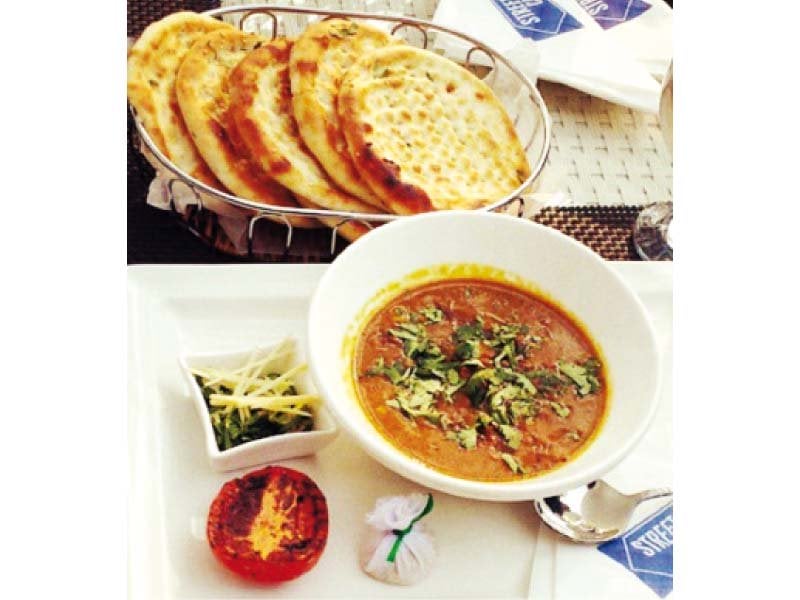
In the Urdu dictionary, the word nihari is derived from the Arabic word nihar, which means early in the morning. This food is eaten early in the morning; hence it is called nihari.
Although the Mughlai cuisine of Delhi is considered among the best cuisines in the world, the fame and popularity garnered by the Mughal dishes of nihari and biryani, no other dish could enjoy such popularity.
Even today, nihari is made and eaten with great delight in the subcontinent. It is said that even today there are some restaurants or kitchens around the Jama Masjid, Delhi which claim to be associated with this profession for generations since the Mughal era.
Some even go as far as to claim that their nihari is the nihari of the Mughal period because they would take out some of it from the cauldron and keep it aside in a bowl to it to the meat and other accessories of the fresh nihari prepared for the next day so, in this way, the nihari of the Mughal period is still included in the present day nihari.
There are numerous restaurants in cities like Rawalpindi, Karachi and Lahore, some of which are so popular that there are regular long queues to eat or buy nihari. Nihari dates back to the late 18th century in Old Delhi (Jama Masjid and Darya Ganj).
Nihari is slowcooked to perfection with shin meat and bone marrow which is perfect for a one-time filling meal. Waris Nihari House in Sabzi Mandi and Commercial Market is an example of how fast the business and passion for nihari have grown in the garrison city. Khaqan Riaz says that he has been selling nihari for the past sixty years.
“We started our business journey from Lahore and launched it in Rawalpindi on public demand,” he said and added that in the beginning a plate of nihari was priced at just Rs25. “But now there has been inflation; the prices of meat, ghee, electricity and gas have gone up,” he said. “We prepare 10 cauldrons of nihari every 12 hours. The nihari prepared in the morning is ready to eat by the evening and the one left for cooking in the evening is ready to be served in the morning,” he explained and added that a cauldron takes at least six hours to prepare.

1672385156-0/Andrew-Tate-(1)1672385156-0-405x300.webp)





1732012115-0/Untitled-design-(14)1732012115-0-270x192.webp)
1732002687-0/Untitled-design-(11)1732002687-0-270x192.webp)



1657442165-5/Sidebar-5-(10)1657442165-5-270x192.webp)








COMMENTS
Comments are moderated and generally will be posted if they are on-topic and not abusive.
For more information, please see our Comments FAQ